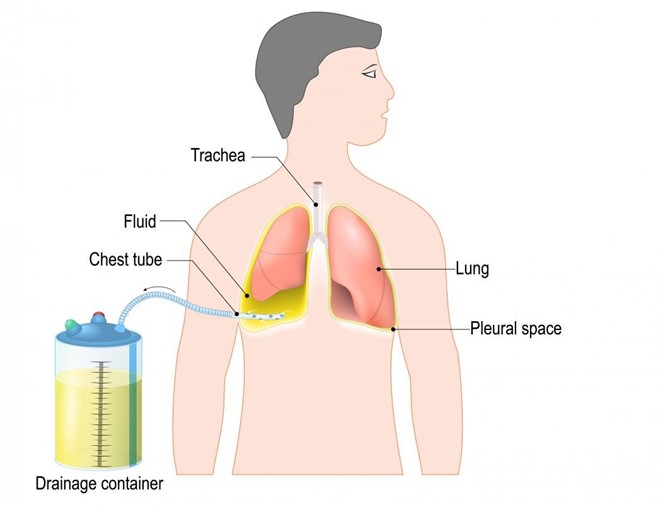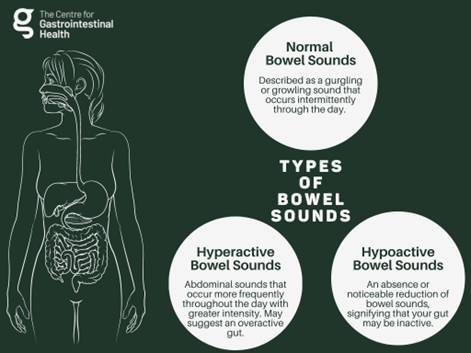A nurse is assisting in the care of a newly admitted client.
Which of the following findings should the nurse report immediately to the provider? Select all that apply.
Mental confusion
Temperature
Heart rate
Urine output
Pain
Serum amylase level
Respiratory status
Sodium level
Cold, clammy skin
Blood pressure
Correct Answer : B,E
b. Ensure the chest tube remains below the level of the client's chest.
e. Reinforce loose dressing around the tube.
When managing a chest tube, it is important for the nurse to ensure that the chest tube remains below the level of the client's chest¹. This helps to prevent air from entering the pleural space and allows for proper drainage of fluid. The nurse should also reinforce any loose dressing around the tube to maintain a secure seal¹.

Nursing Test Bank
Naxlex Comprehensive Predictor Exams
Related Questions
Correct Answer is C
Explanation
Timolol is a beta-blocker medication that is commonly prescribed for the treatment of glaucoma. It works by reducing the production of aqueous humor in the eye, thereby decreasing intraocular pressure. However, timolol can also be systemically absorbed, which may lead to cardiovascular side effects.
Checking the heart rate while taking timolol is important because beta-blockers can potentially lower heart rate and blood pressure. It is essential to monitor for any changes in heart rate or any other cardiovascular symptoms while using timolol eye drops.
Correct Answer is A
Explanation
Hyperactive bowel sounds are bowel sounds that are louder and more frequent than normal. They may be heard as high-pitched rushing or tinkling sounds that occur irregularly at a rate greater than 5-6 sounds per minute. They are often associated with increased intestinal motility, such as diarrhea, gastroenteritis, or early bowel obstruction.
Option b is incorrect because hyperactive bowel sounds are not typically associated with a paralytic ileus, which is a condition where the bowel stops working and there is a lack of bowel sounds.
Option c is incorrect because hyperactive bowel sounds indicate increased motility, not decreased motility.
Option d is incorrect because soft bowel sounds at a rate of 1/min are considered hypoactive bowel sounds, which can be a sign of decreased intestinal motility, as seen in constipation or postoperative ileus.

Whether you are a student looking to ace your exams or a practicing nurse seeking to enhance your expertise , our nursing education contents will empower you with the confidence and competence to make a difference in the lives of patients and become a respected leader in the healthcare field.
Visit Naxlex, invest in your future and unlock endless possibilities with our unparalleled nursing education contents today
Report Wrong Answer on the Current Question
Do you disagree with the answer? If yes, what is your expected answer? Explain.
Kindly be descriptive with the issue you are facing.
